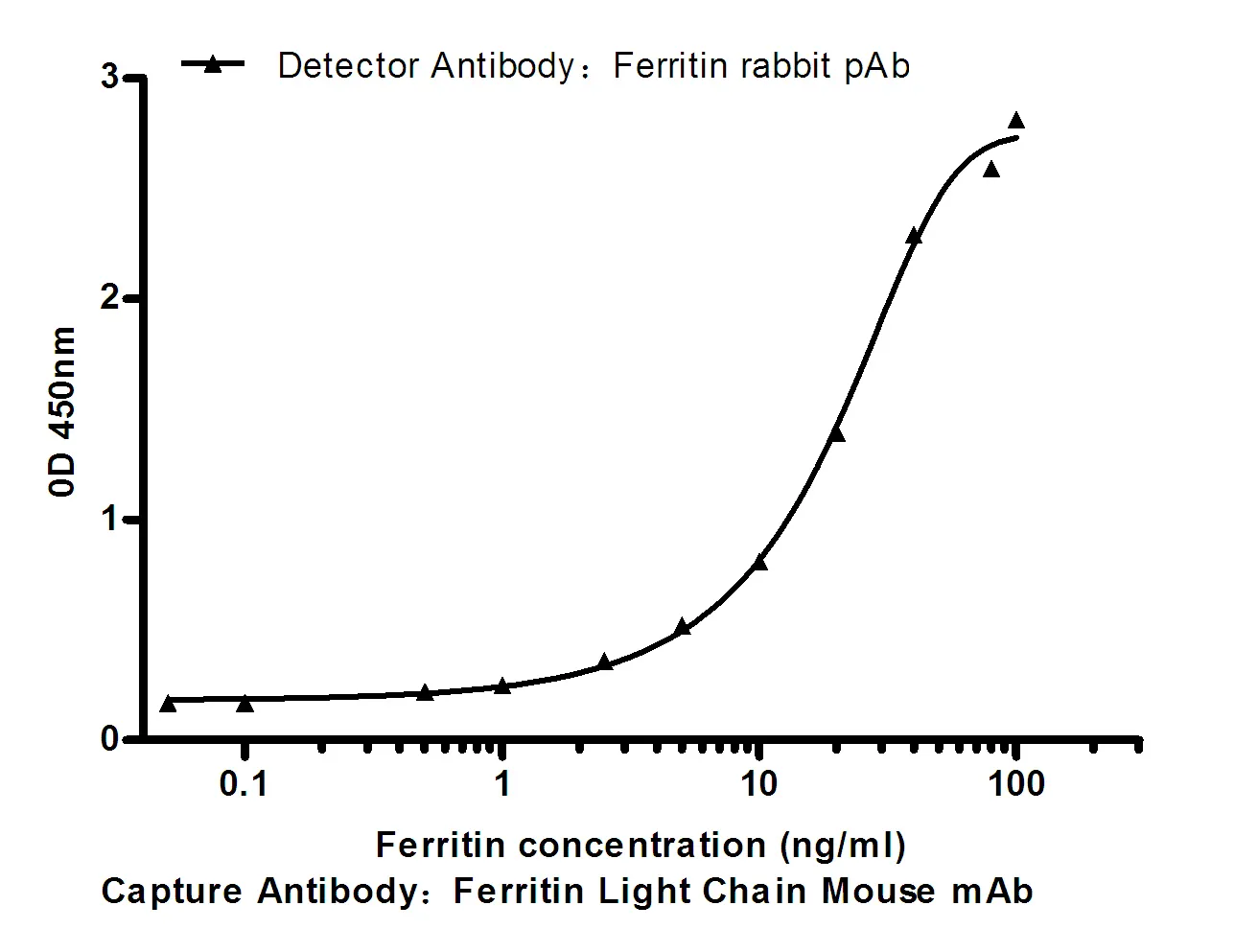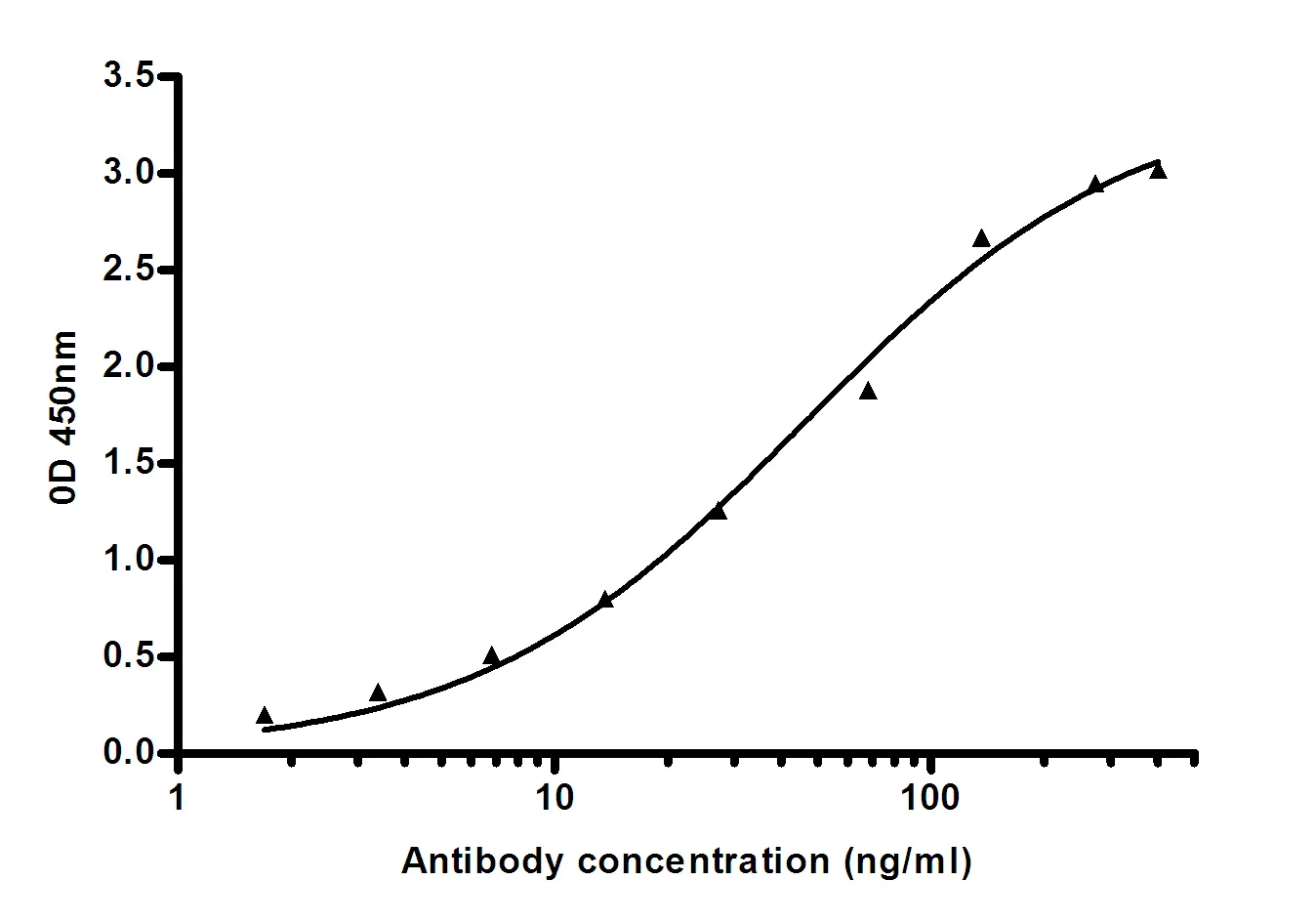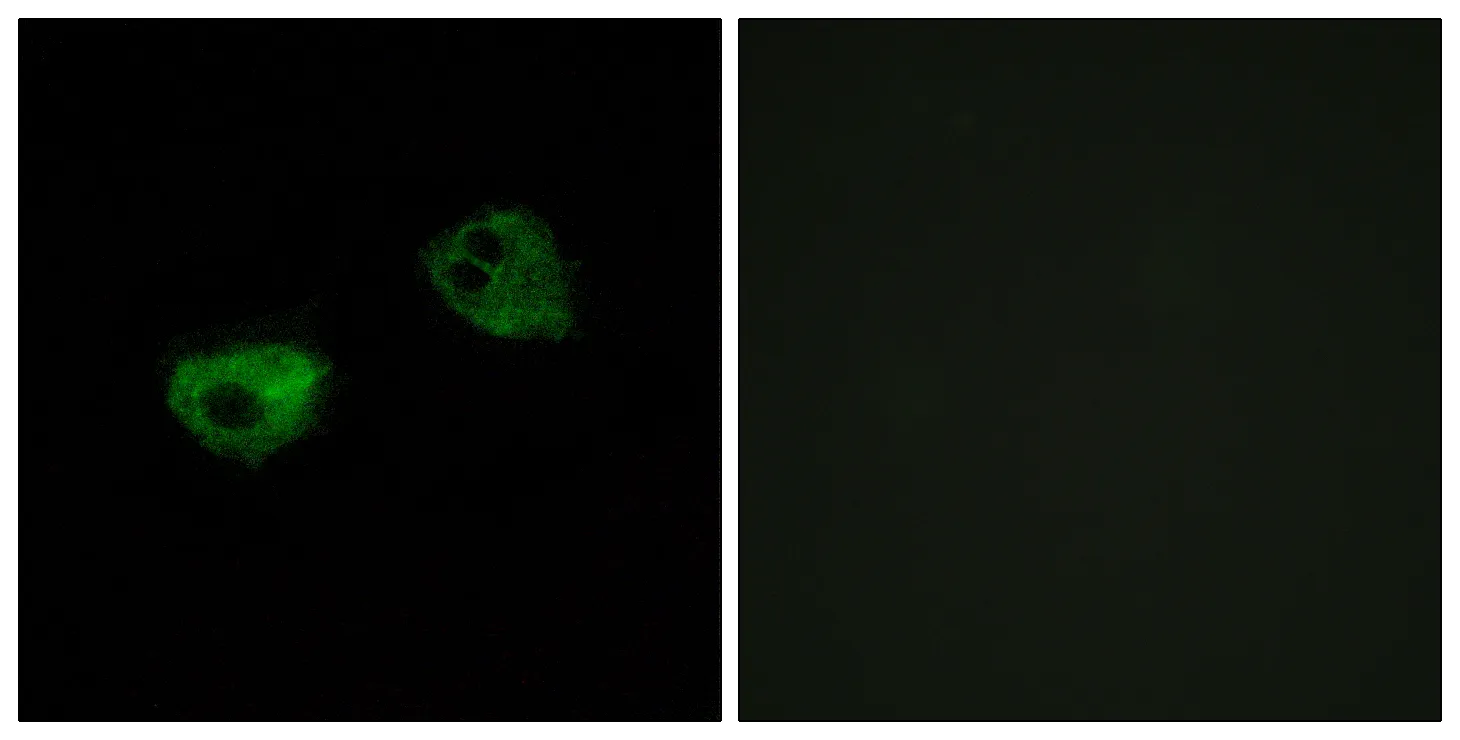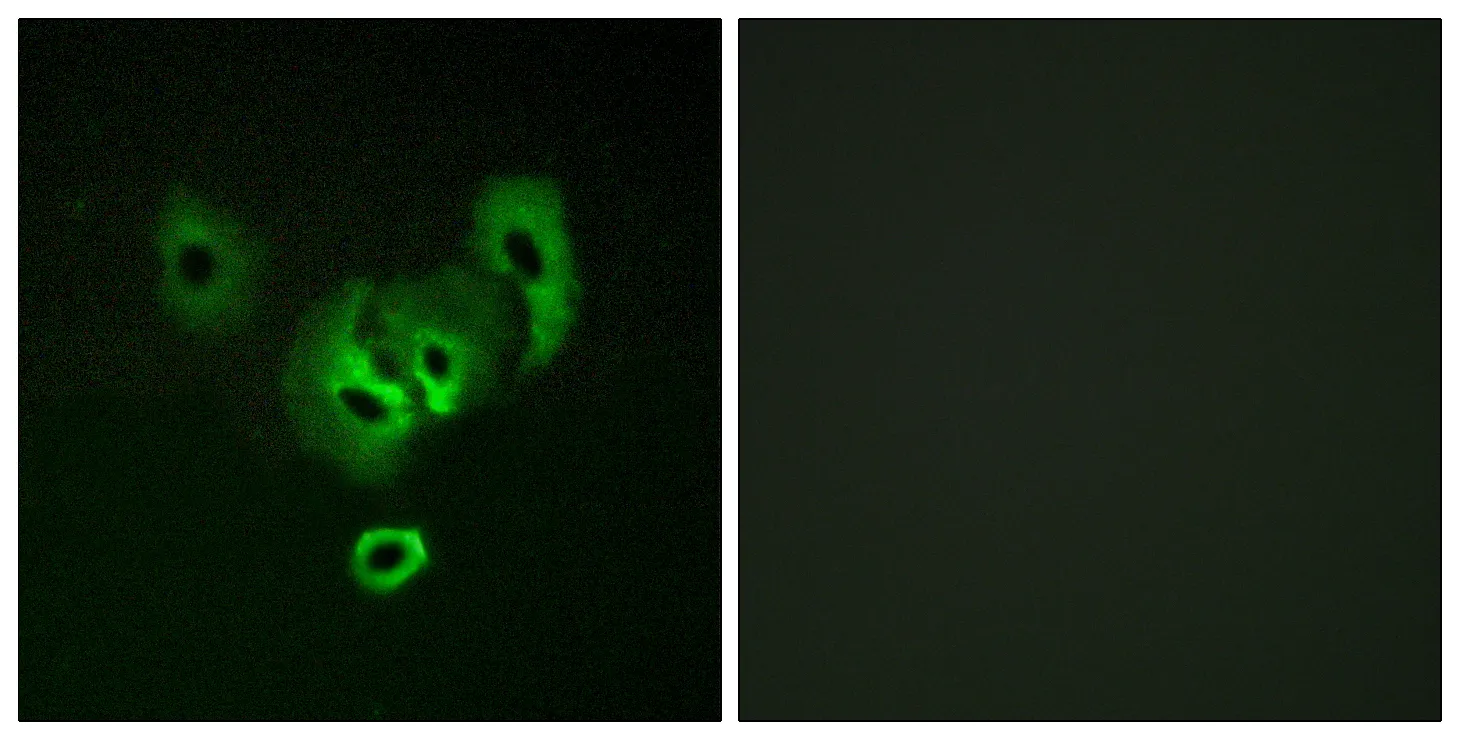Summary
Performance
Immunogen
Application
Background
This gene product belongs to the SCAMP family of proteins, which are secretory carrier membrane proteins. They function as carriers to the cell surface in post-golgi recycling pathways. Different family members are highly related products of distinct genes, and are usually expressed together. These findings suggest that these protein family members may function at the same site during vesicular transport rather than in separate pathways. A pseudogene of this gene has been defined on chromosome 1. Alternative splicing results in multiple transcript variants. [provided by RefSeq, Mar 2014],function:Functions in post-Golgi recycling pathways. Acts as a recycling carrier to the cell surface.,similarity:Belongs to the SCAMP family.,subunit:Interacts with AP1GBP1 and ITSN1 (By similarity). Interacts with SLC9A7.,tissue specificity:Widely expressed, with highest expression in brain.,
Research Area




